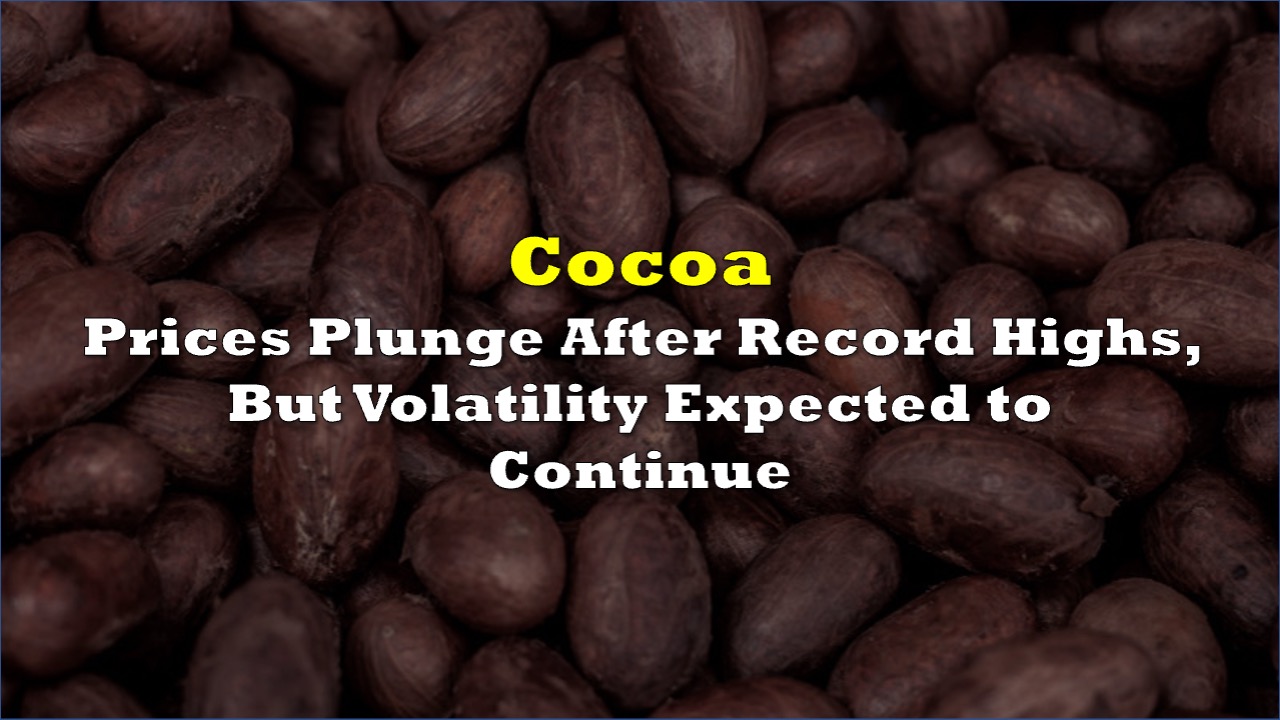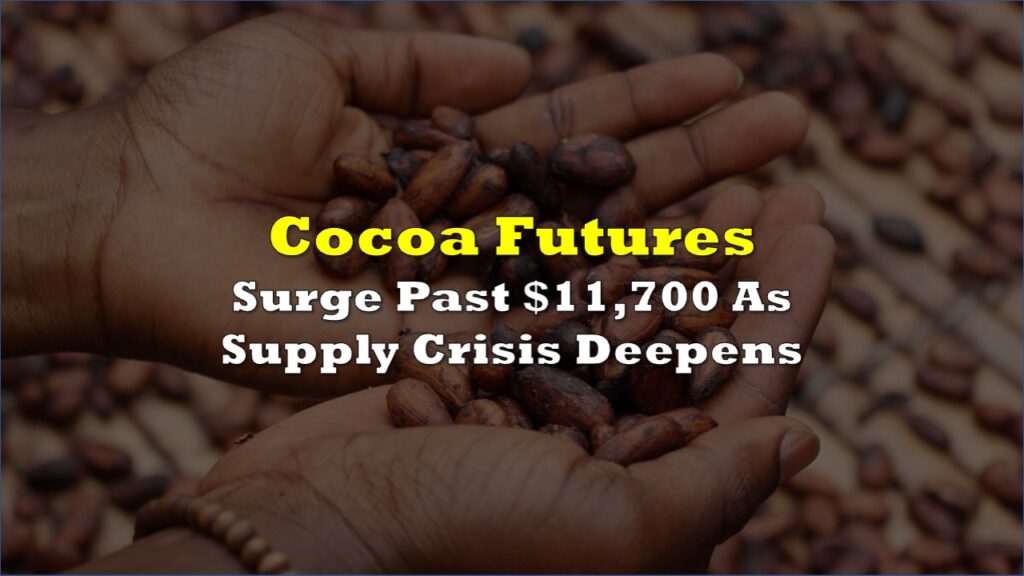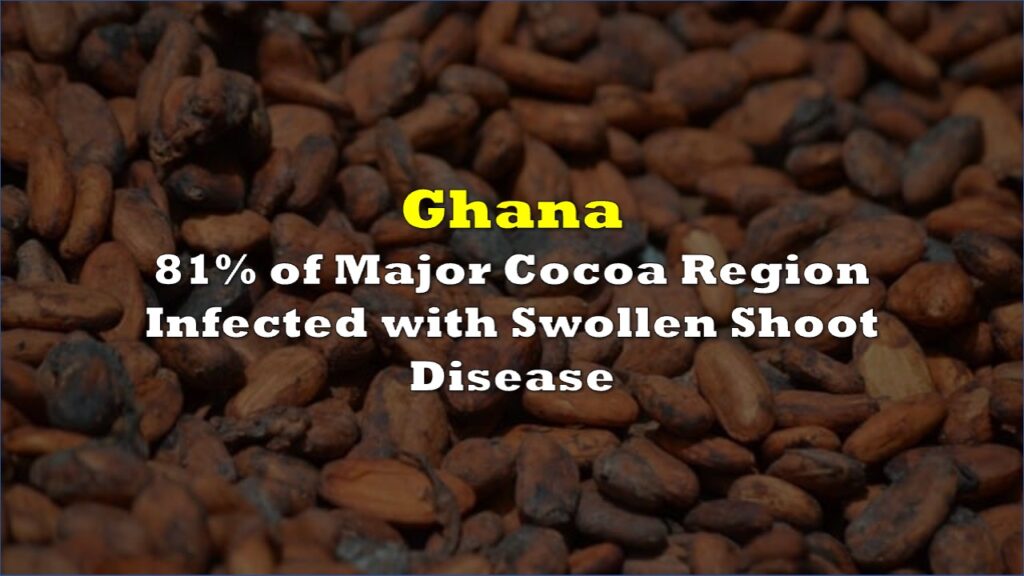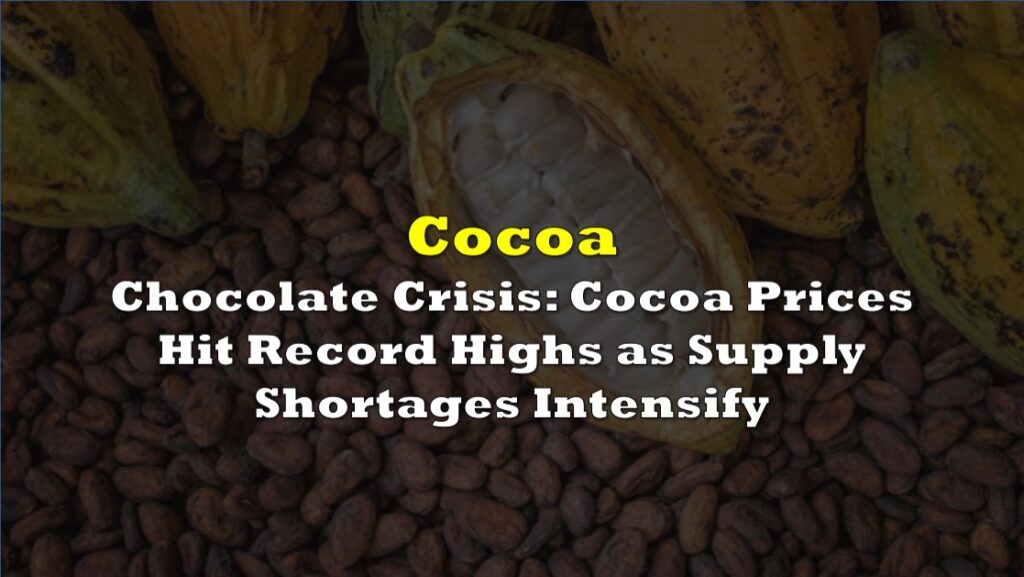Cocoa prices have fallen sharply from historic peaks, providing some relief to chocolate manufacturers after months of market turmoil, though analysts warn that volatility is far from over.
Prices have plunged to around $6,000 per tonne after peaking above $12,000 per tonne in late 2024. New York cocoa futures hit a 19-month low last week, while London cocoa touched its lowest point in 20 months, with prices continuing their descent to levels not seen since early 2024.
BREAKING 🚨: Cocoa
— Barchart (@Barchart) October 8, 2025
Cocoa plunges to lowest price in 20 months 📉📉 Just in time for Halloween 🎃 pic.twitter.com/Jeg1ChJy77
The dramatic decline stems from weakening demand as manufacturers struggle with elevated costs. Industry data shows cocoa grindings — a key demand indicator — fell 7.2% in Europe, 16% in Asia, and 2.8% in North America during the second quarter of 2025.
“The hangover from last year’s fourth-quarter highs in cocoa prices has come to roost,” said Tracey Allen, agricultural commodities strategist at JP Morgan, adding that the data confirms widespread demand destruction in the industry.
Supply prospects are also improving. Better weather patterns are expected to lift production in West Africa during the 2025/2026 season after years of poor harvests caused by drought, disease, and illegal mining. The region accounts for over 70% of global cocoa output.
Both the Ivory Coast and Ghana recently raised farmgate prices to discourage smuggling and support farmers. Ghana increased its price to 3,625 cedis ($288.84) per 64-kilogram bag, while the Ivory Coast hiked its rate by 27% to 2,800 CFA francs per kilogram.
Despite the recent drop, JP Morgan expects cocoa prices to hold near $6,000 per tonne through 2026. Analysts cite persistent risks, including political instability ahead of the Ivory Coast’s October 25 election, weather uncertainties, and depleted industry inventories of just one to two months. Investment banks have warned that cocoa has become “extremely oversold” with money managers taking net short positions for the first time since 2022.
Chocolate manufacturers have already passed higher costs to consumers through price increases, leading to declining sales volumes as shoppers shift to cheaper alternatives.
Market analysts remain cautious about the outlook. “The cocoa market heads into Q3 and Q4 delicately balanced, with volatility likely to persist,” said commodity specialist Schräder from Vesper, noting that everything from mid-crop performance to political developments will influence the market’s boom-bust cycle.
Information for this story was found via the sources and companies mentioned. The author has no securities or affiliations related to the organizations discussed. Not a recommendation to buy or sell. Always do additional research and consult a professional before purchasing a security. The author holds no licenses.









